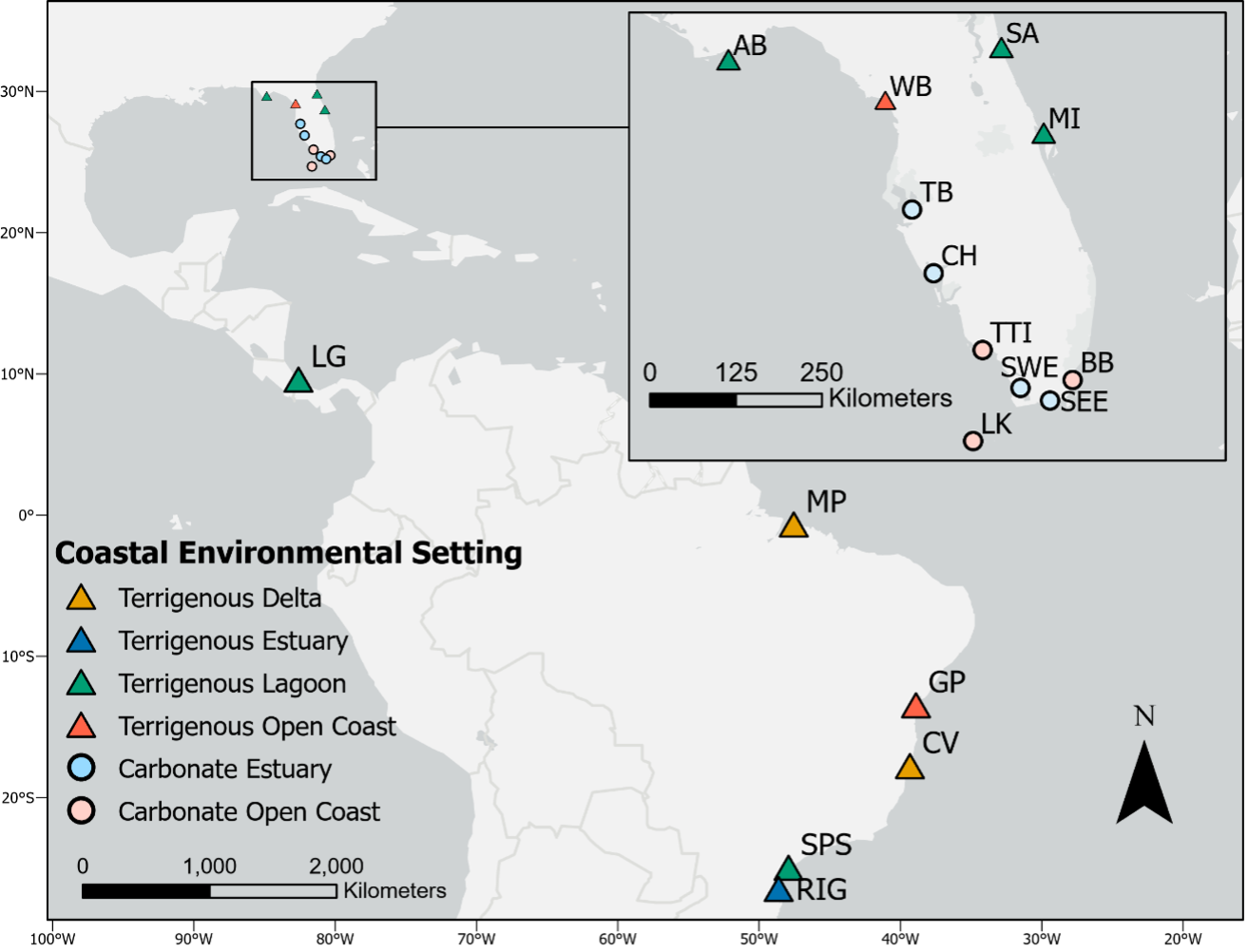Sniff et al. manuscript published!
REU Student Ilya Sniff contributed a manuscript to the January 2024 publication of Gulf and Caribbean Research, a product of his 10-week REU at the Dauphin Island Sea Lab. Check out Ilya’s publication here.
Site Scouting on the Fowl River
Laboratory manager Cadie Barnes and Dr. Steinmuller kayaked down the Fowl River to scout sites for a field sampling effort with University of South Alabama Research Assistant Professor Jahson Alemu. We couldn’t have picked a windier day!
1 Month Post-Deployment Sampling on Oyster Reefs
As a continuation of REU student Ilya Sniff’s project, the entire lab assisted with sampling experimental oyster reefs in Bayou La Batre, AL. The project assesses how a novel oyster restoration technique (led by Dr. Lee Smee: https://www.apr.org/news/2022-07-14/scientists-work-to-revitalize-alabamas-gulf-coast-oyster-beds) affects sediment geochemistry.
Ilya Sniff (REU) Presents Poster
Ilya Sniff, a research experience for undergraduate (REU) student from Grinnell College, recently presented his research poster at the Dauphin Island Sea Lab's symposium for REU students. His project examined how sediment geochemistry changed in an area where a layer of shells, the physical structure of an oyster reef, was placed prior to reef restoration. By analyzing sediment samples from before and after the reef restoration, Sniff was able to show that the shells had a significant impact on the sediment's chemistry. Specifically, his work showed an increase in pH following the shell placement, and an increase in calcium carbonate content. These changes make the surrounding sediment more suitable for the survival of juvenile oysters, which is an important aspect of oyster reef restoration.
Article published in Wetlands
Dr. Steinmuller recently published an article in the peer-reviewed journal Wetlands. Led by Dr. Joshua L. Breithaupt, the work utilizes a dataset of soil samples from 17 mangrove regions throughout North, Central, and South America to derive soil organic matter to organic carbon conversion equations for six unique coastal and environmental settings. Check out the published article, An improved framework for estimating organic carbon content of mangrove soils using loss-on-ignition and coastal environmental setting, here.



